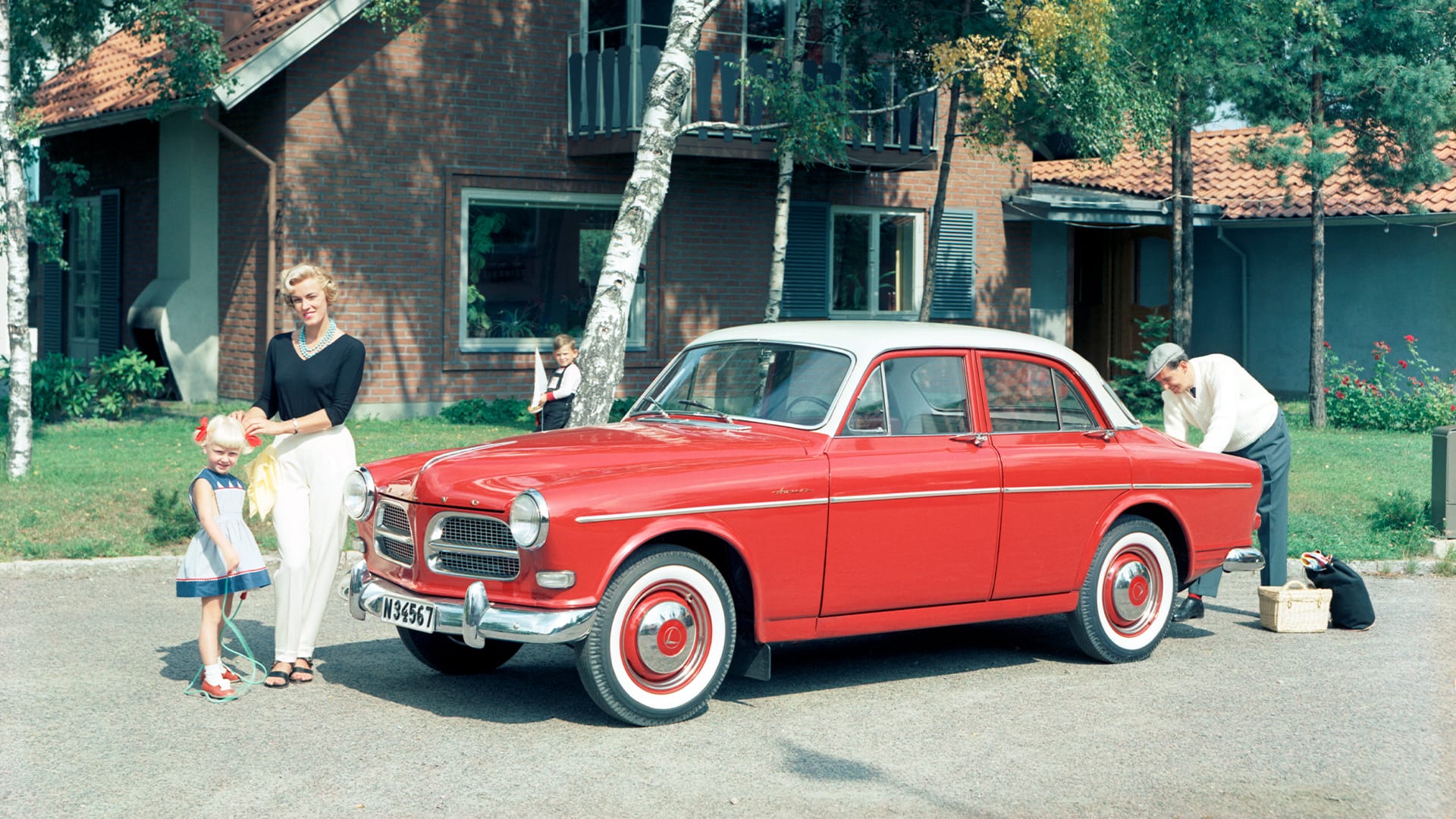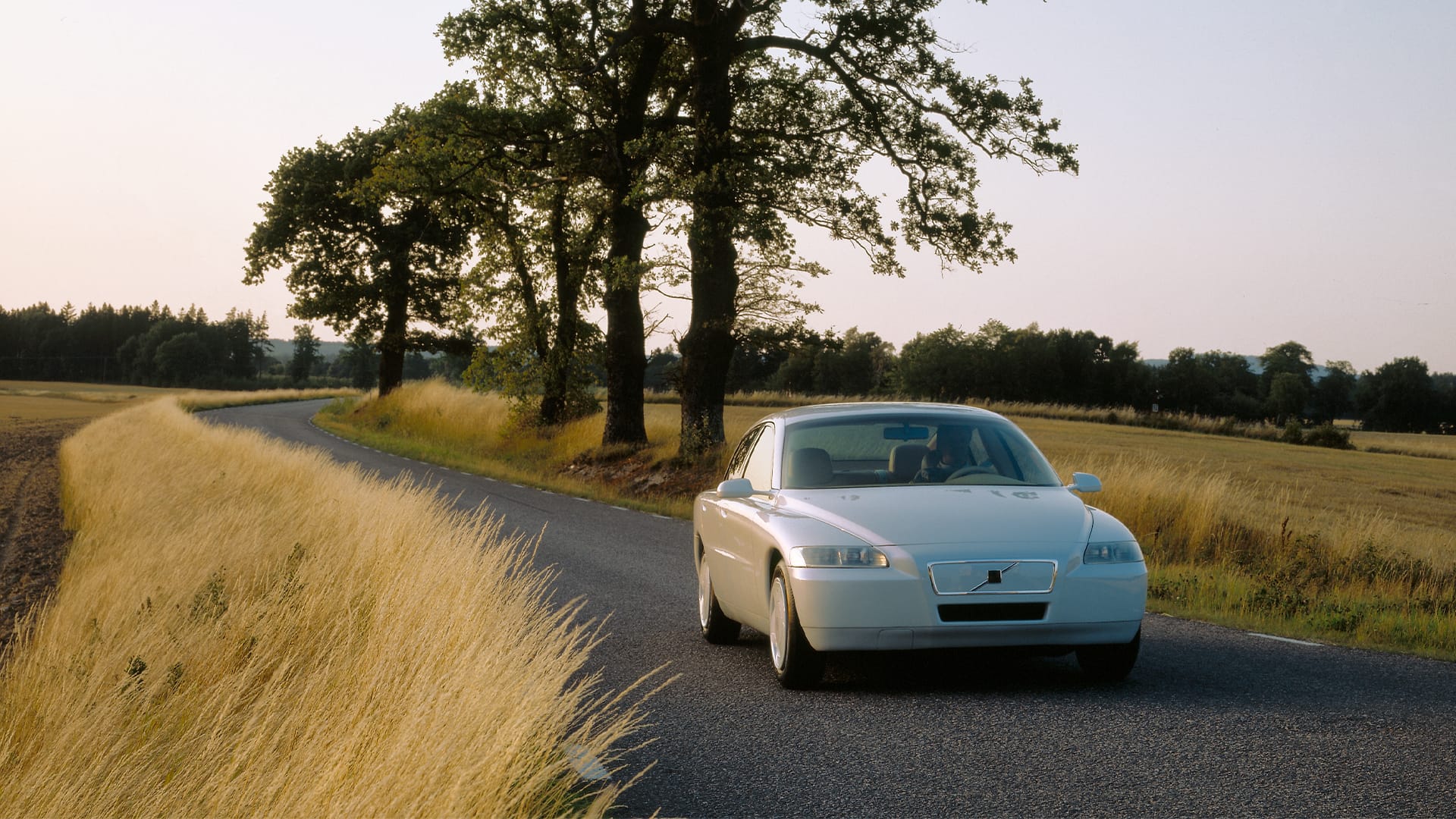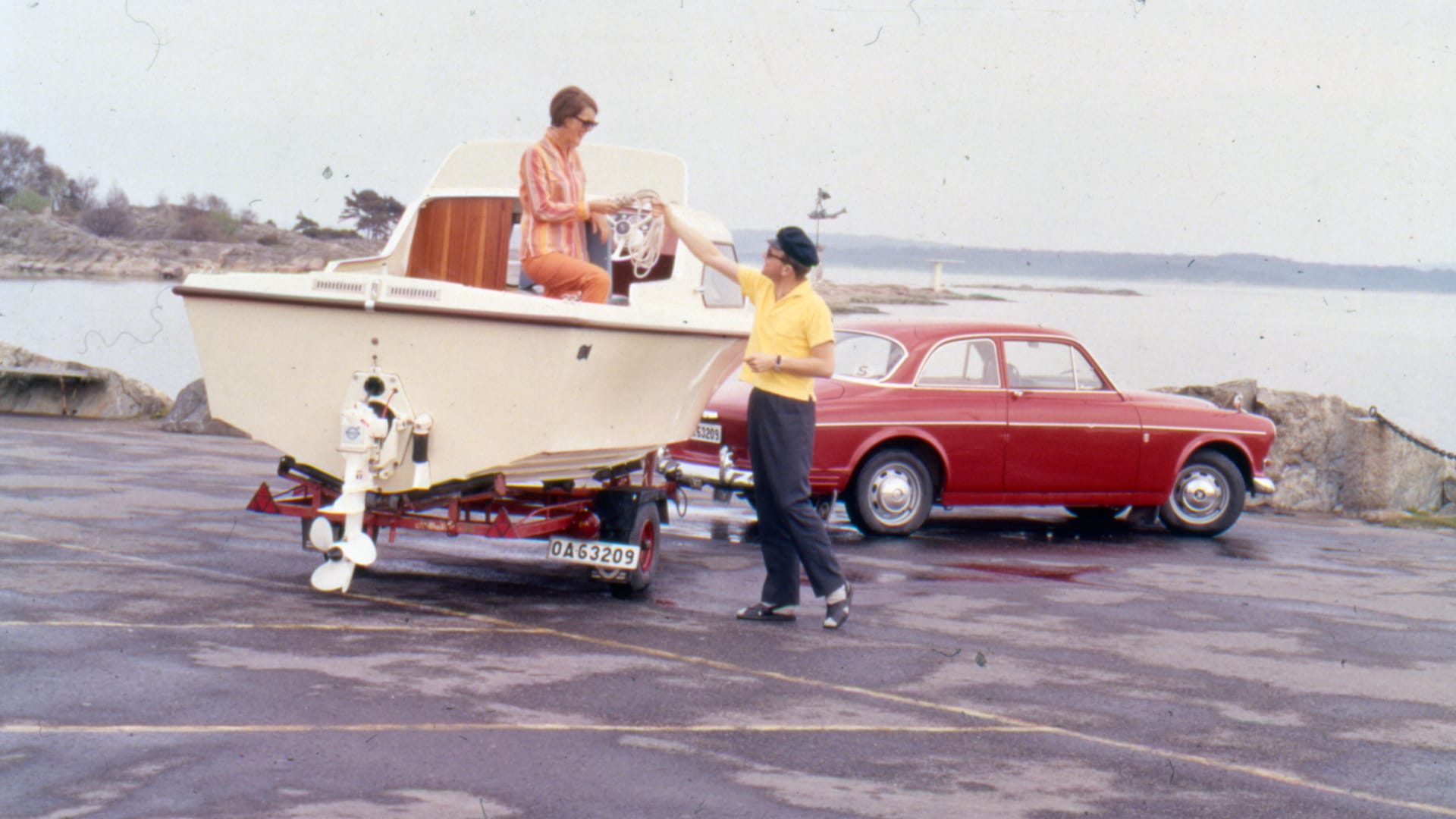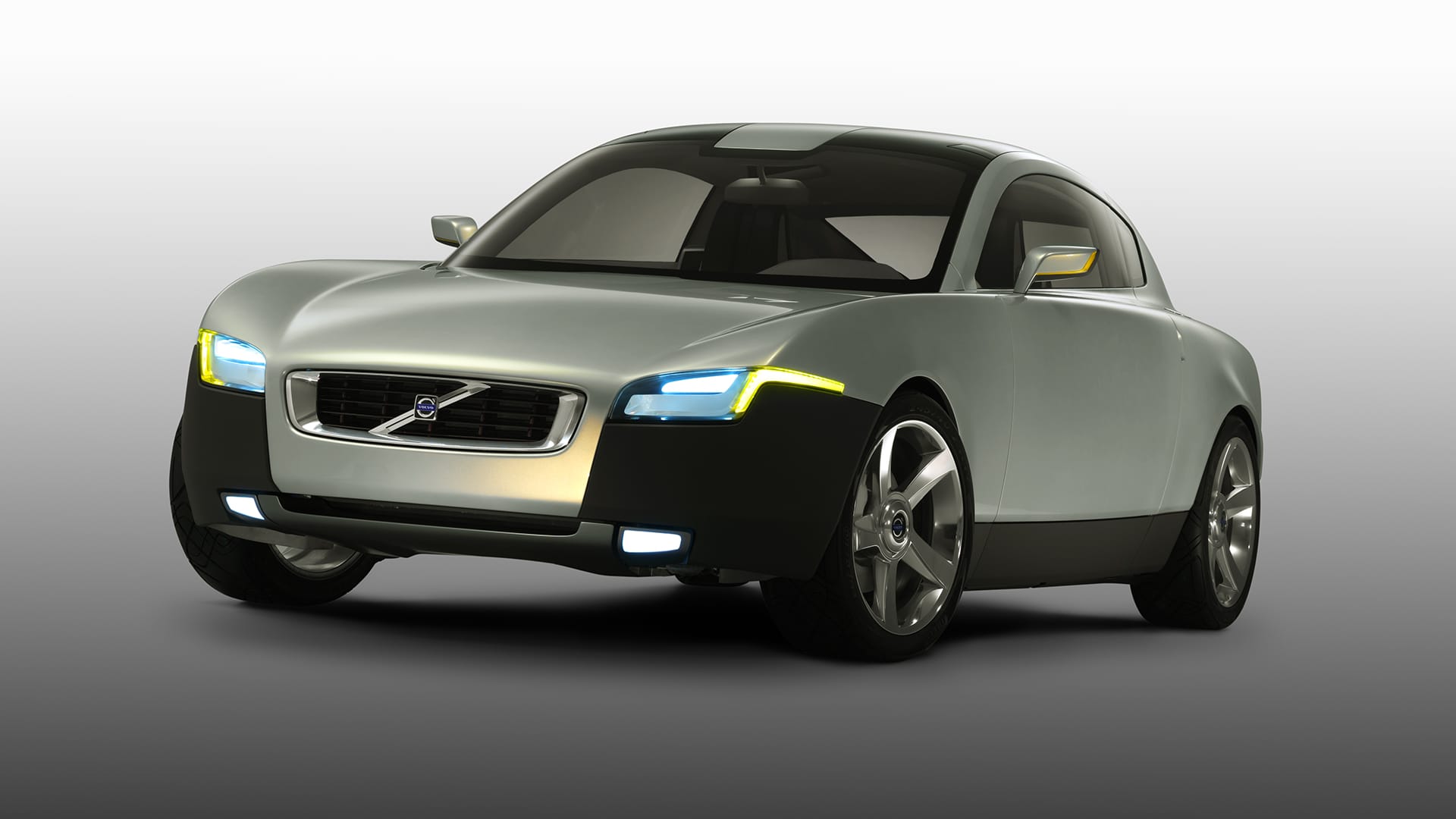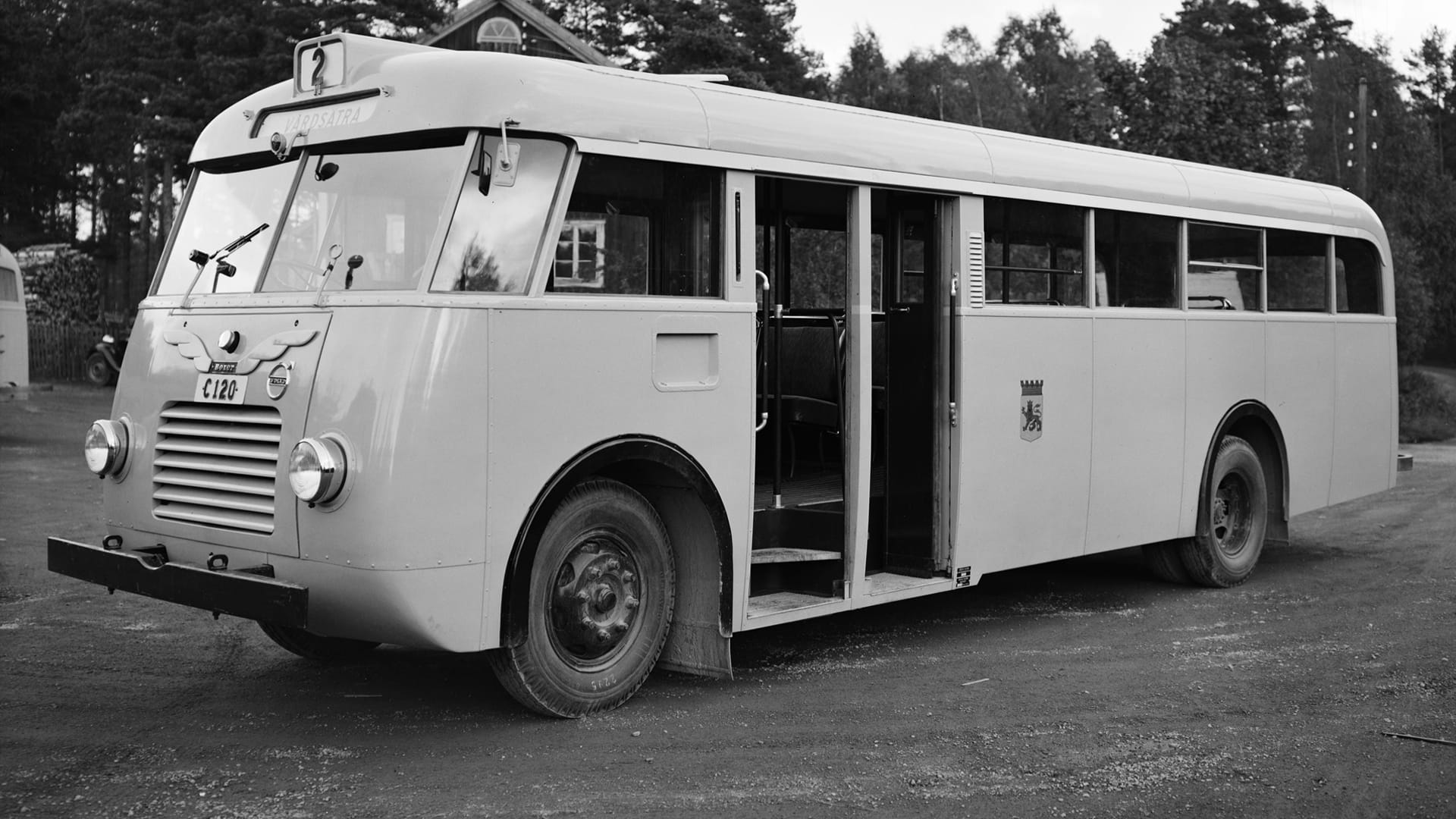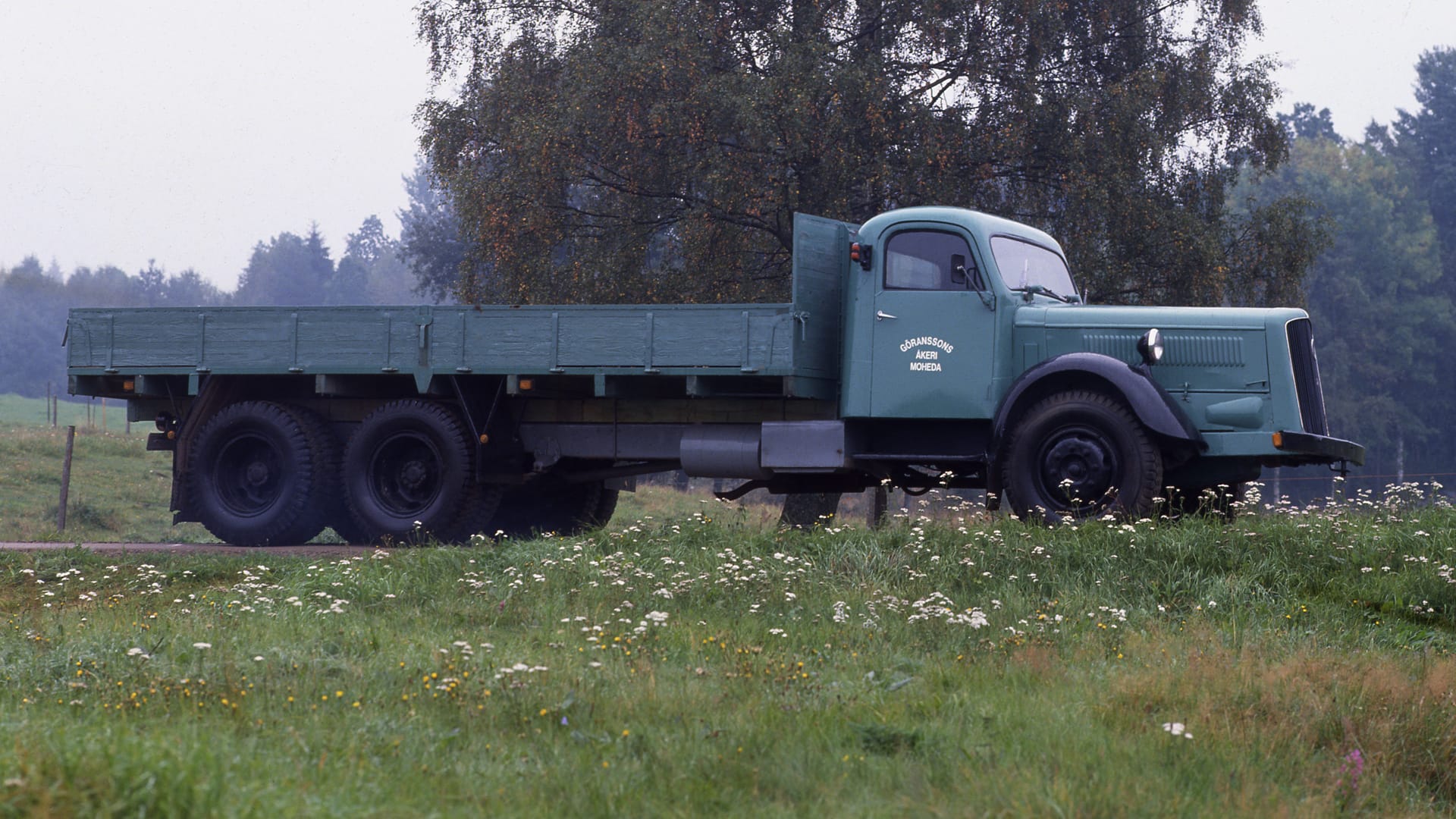Volvo FH16

The future is here
When Volvo FH12 and Volvo FH16 were launched in 1993, many considered them to be ten years ahead of their time, even though their development began seven years earlier. They also became Volvo's best-selling truck models to date. The FH series would go on to be named Truck of the Year a total of four times.
The 12-liter engine in the FH12 set a new standard, with four valves per cylinder and overhead camshaft, a technology that led to lower fuel consumption. The FH16, on the other hand, boasted a 16-liter engine with an impressive 520 horsepower.
The FH series stands as Volvo's most successful truck model, at least so far. By 2023, 30 years after its launch, nearly 1.4 million FH trucks had been sold in 80 markets worldwide. Behind the model lies one of the longest and most expensive programs in Volvo's history: over seven years and over seven billion kronor invested. During the development in the late 1980s, the focus wasn't just on the next decade but on the next millennium, the 21st century. The FH series also became the most innovative trucks in 15 years. The FH16 truck in the exhibition is the very first from the first generation in 1993, with chassis number 1.
Tested in wind tunnel
Even the appearance, with its aerodynamic shapes developed through extensive wind tunnel testing, breaks with the tradition of how a truck cab should look. It gives a modern impression, but the main reason isn't aesthetic; it's to reduce air resistance and thus lower fuel consumption. Even the side mirrors are designed to reduce air resistance. The cab is constructed of high-strength steel, providing 30 percent lower weight and thus further reducing consumption. To meet safety requirements, the cab undergoes rigorous tests. In one test, a 15-ton weight is placed on the roof, and in another, the cab is struck by a one-ton pendulum. Afterwards, the doors must still be operable.
Ergonomic driving position
Interviews with 1,500 truck drivers during the development phase led to a range of improvements in comfort and ergonomics, from lower noise levels to a steering wheel adjustable in all directions. There are clever details, like fold-out steps in the grille, to facilitate windshield cleaning. The FH series is also equipped with a fatigue warning system. After four hours and 25 minutes of driving, a warning light is illuminated followed by two beeps.
In-house developed engine
To meet future environmental requirements, a completely new 12-liter engine is developed. The work starts from a blank sheet, and various solutions are tested. The result is an engine that, in several aspects, is far ahead of the competitors. The D12A, the designation for the six-cylinder engine, has four valves per cylinder, overhead camshaft, turbocharger, intercooler, and direct injection with unit injectors, allowing for significantly higher pressure. The 16-liter D16A engine in the FH16 is based on a previous engine, but the power is increased to 520 hp and becomes popular where power is truly needed, such as in timber transports.
Unique braking system
To effectively and safely brake heavy vehicles, a unique braking system, the Volvo Engine Brake, is developed, which uses both the compression brake and the exhaust pressure regulator. This means that the pressure in the engine cylinders can be controlled by filling or emptying gas. When the exhaust brake is activated, there is counter pressure on the pistons in their upward movement, and the engine – and thus the truck – is slowed down. In the first version, the braking force corresponds to an engine power of 320 hp.
Continuous development
Both the engine brake and the entire FH series are developed over the coming years. New technology is added, such as the I-Shift automatic gearbox, performance is improved, and so is safety. In 1995, Volvo becomes the world's first manufacturer of heavy trucks with an airbag for the driver. Four times, the FH series in its various generations is named "International Truck of the Year." FH stands for Front High, indicating the flat front and the driver's compartment on top of the engine. This means that the FH12/16 is not launched in North America in 1993, where the regulations do not favor trucks with the cab above the engine.






